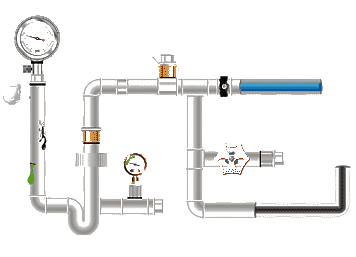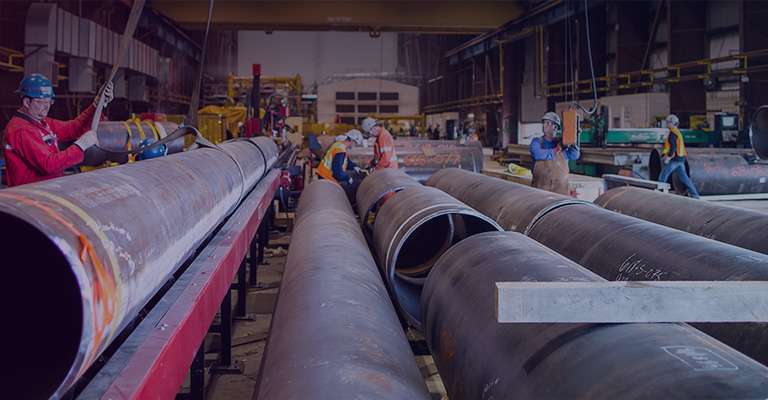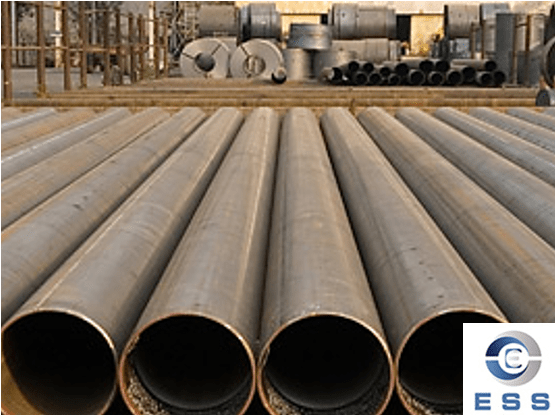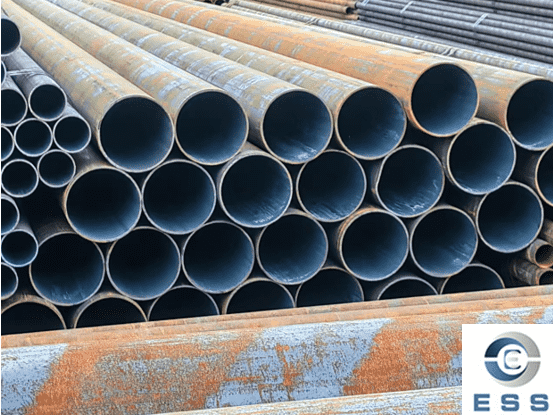
Introduction of API 5CT
In the API standard, steel pipe products
are usually divided into several categories, including API 5L (steel
pipes for pipelines), API 5CT (casing and tubing for oil fields), API 5B (threaded joint standard), etc.
API SPEC 5CT is a technical specification
standard for oil casing issued by the American
Petroleum Institute (API), mainly used in the field of oil and gas extraction.
The standard specifies the steel grade system, chemical composition, mechanical
properties, dimensional tolerance and other technical indicators of casing and
tubing. The standard covers more than ten steel grades such as H40, J55, N80,
P110, etc., and has strict restrictions on the content of elements such as
carbon, manganese, and phosphorus, and puts forward specific requirements for
mechanical properties such as tensile strength (≥517-965MPa)
and yield strength (379-965MPa). The following will be detailed through
technical parameters, dimensional specifications, specification levels, etc.:
Technical parameter system
The standard has established a complete
parameter system, including the following core elements:
1. Chemical composition
The carbon content is 0.34-0.43%, the
manganese content is ≤1.90%, the phosphorus content is ≤0.030%, the sulfur content is ≤0.030%, and
other element indicators are specified. Among them, the L80 steel grade
contains 12.0-14.0% chromium, and the P110 steel grade contains 0.15-0.25%
molybdenum.
2. Mechanical properties
The minimum yield strength of the J55 steel
grade is 379MPa, and the P110 steel grade is up to 965MPa.
The elongation requirement is set in the
range of 18-32% according to different steel grades.
Hardness indicators such as the Brinell
hardness of the L80 steel grade is ≤241HB.
Dimensional specifications
The standard makes clear provisions for the
size:
1. Outer diameter tolerance
When ≤101.60mm, a
deviation of ±0.79mm is allowed.
≥114.30mm implements +1.0%/-0.5% tolerance
zone.
2. Wall thickness deviation is controlled
within the range of 0 to -12.5%.
3. Length classification
Casing pipe is divided into three
categories: 4.88-7.62m, 7.62-10.36m, and 10.36-14.63m.
The standard length of oil pipe is
6.10-9.75m.
Specification level (PSL)
According to the quality requirements of
the product, the API 5CT standard divides it into three product specification
levels (PSL-1, PSL-2, PSL-3). Among them:
PSL-1
is the basic level, suitable for steel pipe
products in ordinary environments, and is often used in application scenarios
without stringent requirements.
PSL-2
is a medium level, requiring steel pipes to
have good corrosion resistance, tensile strength, impact resistance, etc., and
is suitable for oil and gas projects that require certain environmental
adaptability.
PSL-3
is the highest level, requiring steel pipes
to have excellent performance under high pressure, low temperature and extreme
environments, and is often used in high-demand projects such as deep-sea mining
and high-pressure natural gas transportation.
Material and performance requirements
The API 5CT standard has very strict
material requirements for steel pipes. Different steel grades and different
application environments require different material selections. Common steel
grades are:
1. H40
Applicable to general environments, with
basic tensile strength and corrosion resistance.
2. J55, K55
Applicable to environments with medium
strength requirements, commonly used for casing pipe in oil wells.
3. N80, R95
Applicable to environments with higher
strength requirements, commonly used for deeper oil and gas mining.
4. L80, P110
Applicable to extreme environments, L80
steel grade is often used for deep well mining, and P110 steel grade is used in
high-pressure environments.
Steel pipes of each steel grade must
undergo rigorous material testing to ensure their stability and reliability
under conditions such as high temperature, high pressure, and corrosive
environments.
End finishing and thread parameters
API Spec.5CT contains diagrams of API
tubing fittings. All three fittings feature tapered and rounded threads with
either 8 or 10 threads per inch, depending on size. When casing pipe is used as
tubing, long thread coupling/short thread coupling and truncation thread
coupling connections can be specified.
1. EUE
API External Upset End (EUE) tubing
fittings are widely used because they are a good and durable connection in most
wells. API EUE fittings range from 1.050 inches to 4.500 inches in outside
diameter and are designed to have higher tensile and compressive strengths than
the pipe body, making them considered 100% efficient fittings.
2. NUE
API Non-Upset (NUE) tubing is used much
less frequently than EUE tubing. NUE costs only slightly less than EUE, but the
fitting strength is much lower. NUE fittings have a smaller diameter than EUE,
which is an advantage when clearances are small. The API NUE connector has an
outside diameter range of 1.050 inches to 4.500 inches.
Summary
As the cornerstone of the global oil and
gas industry, the API 5CT standard plays a vital role in the design,
production, inspection and application of steel pipes. It ensures the safe
operation of the oil and gas industry by clearly specifying the specifications,
materials, performance and other requirements of steel pipes.









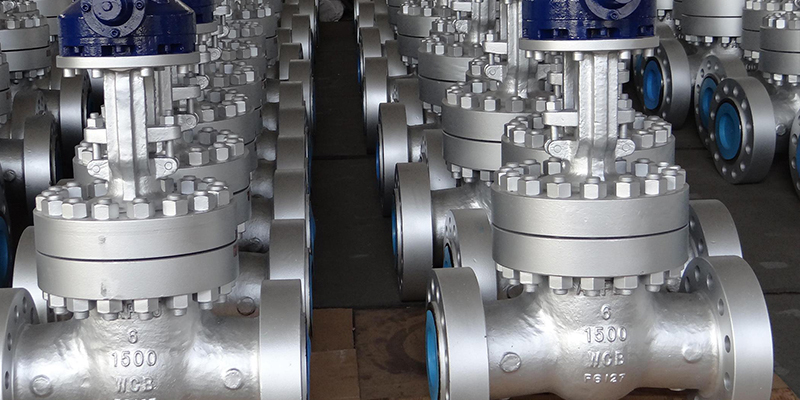
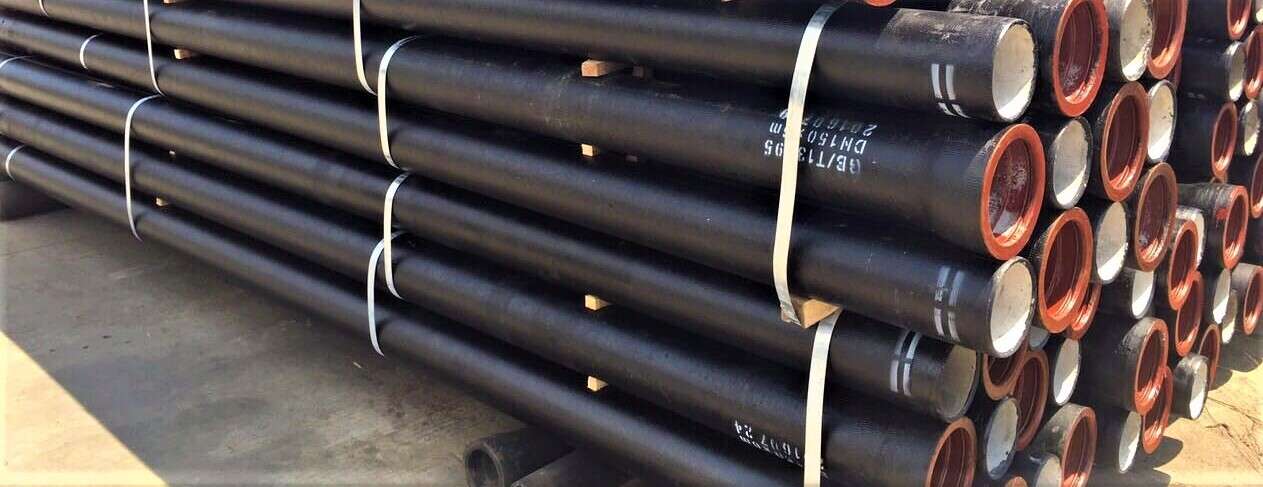


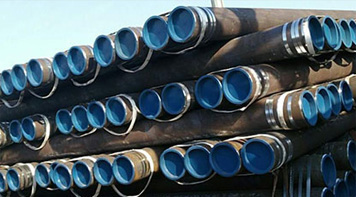 Eastern Steel Manufacturing Co.,Ltd not only improve product production and sales services, but also provide additional value-added services. As long as you need, we can complete your specific needs together.
Eastern Steel Manufacturing Co.,Ltd not only improve product production and sales services, but also provide additional value-added services. As long as you need, we can complete your specific needs together.
